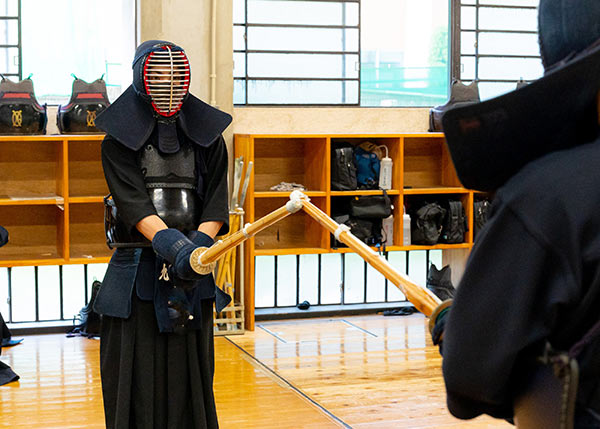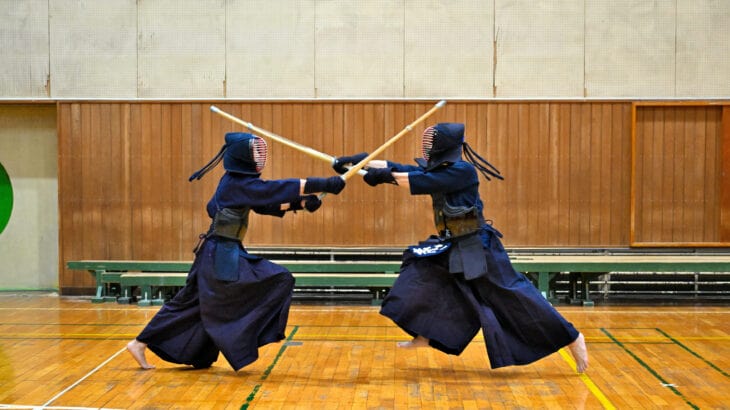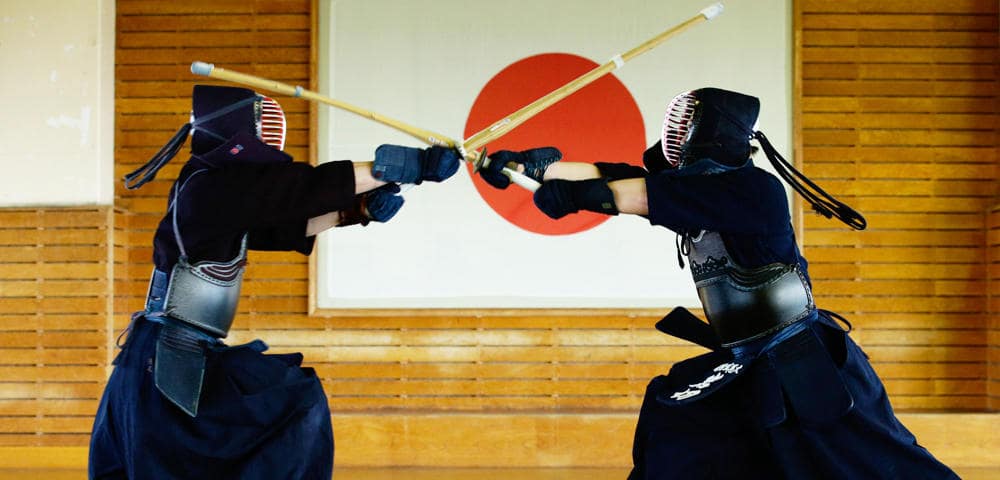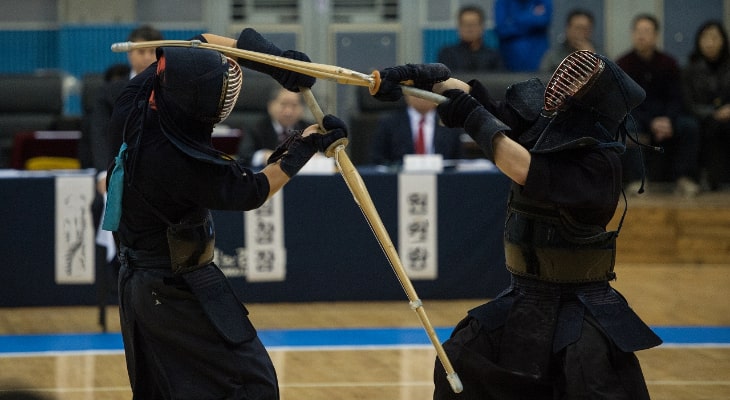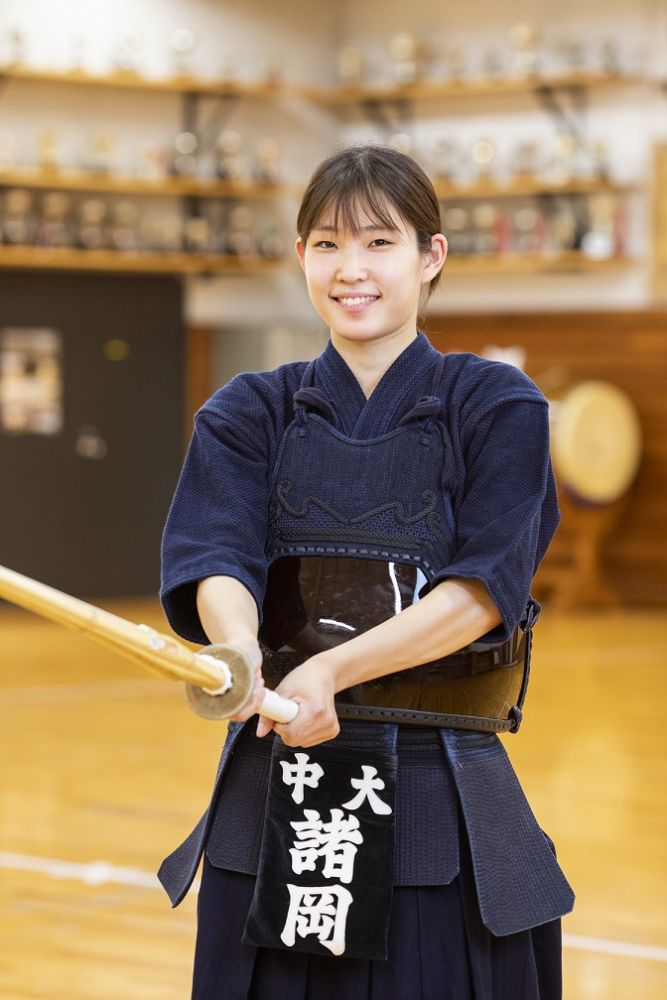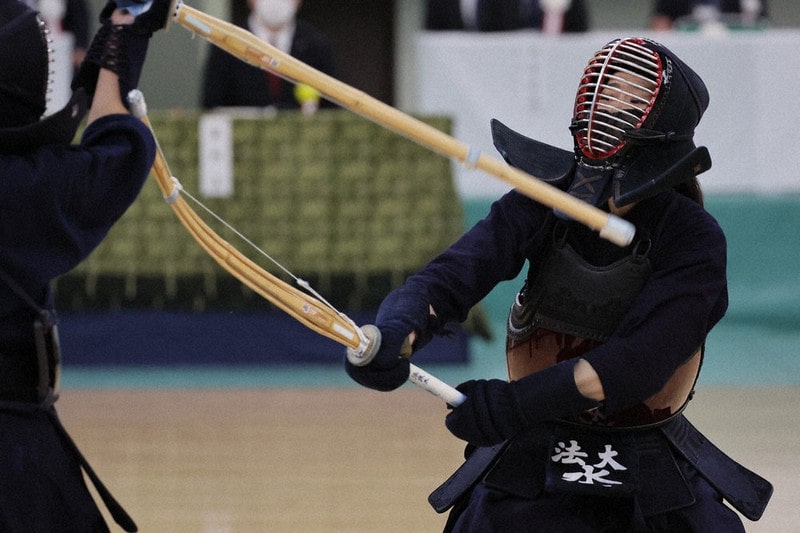
Winning an ippon in a Kendo match means more than just a score.
In this article, we will explain in detail the techniques, strategies, and mindset needed to obtain “Ippon” in Kendo.
We will provide a wide range of knowledge and techniques to help everyone from beginners to experienced kendo players understand ippon and utilize it in practice.
We will delve into the essence of Kendo and introduce specific teaching methods that will lead to success in competitions.
Now, let’s learn together the importance of “Ippon” in Kendo and how to acquire it.
目次
Introduction: The basic meaning of “Ippon” in Kendo
In Kendo, “Ippon” is an important element that determines the outcome of a match.
In this section, we will explain the criteria for awarding “Ippon” and the importance of “Ippon” in Kendo matches.
What is the criteria for being awarded “one book”?
In Kendo competitions, “Ippon” is awarded for a high degree of integration of technical precision and mental focus. Specifically, the following factors will be evaluated:
- Strike location : It is necessary to hit the correct strike location (men, kote, trunk, and tsuki) accurately.
- How to use a Shinai : The part of the Shinai used for striking (use the appropriate part of the blade) is correct.
- Posture and movement : The posture when striking is correct and the movement is beautiful. Be efficient with no unnecessary movements.
- Spirit : When striking, there must be sufficient spirit. This includes how you speak.
If all of these elements are met, it will be certified as “Ippon” and will be added to the score of the match.
Why “Ippon” is important in Kendo matches
“Ippon” means more than just a score.
In Kendo, winning “Ippon” not only shows your technique, but also your spirituality.
Winning an ippon can greatly influence the flow of a match, as it shows a clear superiority over the opponent and signifies mental overwhelm.
Also, winning an ippon is an important marker of a swordsman’s maturity and ability, giving him confidence and making a strong impression on his opponents and spectators.
From these points of view, “Ippon” is a central element in a Kendo match and is considered the highest achievement that a swordsman should aim for.
It is not only a proof of skill, but also an expression of the swordsman’s spirituality and dignity.
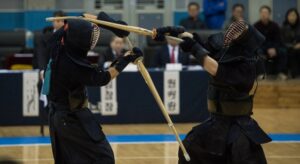
Techniques for taking “Ippon”: From basics to advanced techniques
In order to win “Ippon” in Kendo, it is essential to acquire accurate driving techniques, and additionally, applied techniques and combination techniques are required.
In this section, we will explain these techniques in detail and show you how to win an ippon in a real match.
Accurate driving technique
In order to get “Ippon” in Kendo, you first need accurate hitting technique. This technology includes the following elements:
- Selecting the correct striking part : Techniques for accurately aiming at each striking part of the men, kote, torso, and tsuke.
- Proper way to use a Shinai : Use the correct part of the Shinai (a certain area of the blade) to strike.
- Accurate sense of distance and timing : Strike at the optimal timing while maintaining an appropriate distance from your opponent.
- Powerful but nimble way of striking : Rather than relying on force, the strike is performed with technically sophisticated, nimble, and smooth movements.
By mastering these basics, you will build the foundation for taking Ippon.
Introduction to applied techniques and combination techniques
Once you have mastered the basic techniques, the next step is to learn applied techniques and combination techniques. This includes techniques such as:
- Irregular technique : A technique that is one step further from the normal striking technique, and is a curveball-like striking technique that is used to confuse the opponent.
- Continuous technique : A technique in which if one attack fails, you can continue to target another part. For example, attack from the mask to the kote and from the kote to the torso in succession.
- A technique that uses tactics : Reads the opponent’s psychology and attacks at unexpected times and from unexpected directions.
- One from Kumite : A thrust or strike performed at the moment of release from Kumite.
By making full use of these applied techniques and combination techniques, you can outsmart your opponent in the actual match and increase your chances of winning “Ippon”.
Kendo requires not only technique but also tactical insight and instantaneous judgment, so these applied techniques are extremely effective.
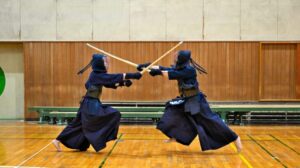
Tactics and strategies to get “Ippon”
In order to win “Ippon” in a Kendo match, you not only need to hone your technique, but also need tactical knowledge and strategy implementation.
This section focuses on how to use psychological warfare in a match and how to find effective spacing and timing.
How to use psychological warfare in matches
In a Kendo match, not only the technical aspects but also the psychological elements are very important. The following psychological warfare techniques will help you win “Ippon”:
- Unsettle your opponent : Use an aggressive posture or sudden attack to unsettle your opponent and create an opening for their defense.
- Stay calm : Stay calm and pay attention to small changes in the other person. He launches an attack the moment he sees the opponent’s impatience or fatigue.
- How to apply pressure : Maintain a certain distance and continuously apply mental pressure to reduce the opponent’s concentration.
By making full use of these psychological tactics, you can gain a mental advantage over your opponent’s technique, making it easier to take the ippon.
Determining effective spacing and timing
In order to get “Ippon”, distance and timing are very important. To find the right spacing and timing, keep the following in mind:
- Adjust your distance : Always adjust your distance with your opponent and maintain the distance that is best for you. This allows for effective attacks and gives you more time to react when defending.
- Assessing the timing : Pay close attention to your opponent’s movements, and strike at the moment when they are not ready to attack or when they are transitioning between movements. It is especially important to understand the reaction after your opponent launches an attack.
- Choosing between a first move and a second move : Depending on the situation, you can either proactively take the first move or choose a second move strategy where you lure your opponent’s moves and then counterattack.
By learning these tactics and strategies and executing them properly, you can increase your chances of winning an “Ippon” in a Kendo match.
A combination of not only technique but also psychological aspects and tactical knowledge is the key to winning “Ippon”.
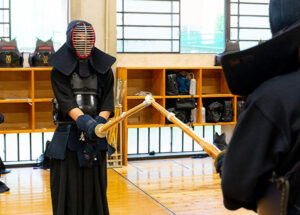
The secret of “Ippon” learned from a Kendo master
Winning an “ippon” in a Kendo match requires more than just technical proficiency, it requires deep insight and experience.
In this section, we explore the secret of ippon through advice from kendo masters, specific case studies, and an analysis of ippon in famous kendo matches.
Experienced advice and case studies
Advice from experienced Kendo practitioners and masters is extremely helpful in not only improving your technique but also deepening your tactical understanding. Here are some tips:
- Importance of situational judgment : Experienced players emphasize that situational judgment during a match is extremely important in winning “Ippon”. Reading your opponent’s skill level, physical strength, and mental state and determining the optimal time to attack will lead to victory.
- The value of repeated practice : The consistent advice of masters is that by practicing basic techniques repeatedly, you will be able to perform them naturally. In particular, sparring in a manner consistent with actual combat is recommended.
Through case studies, we will analyze in detail how ippon was won in specific match situations and learn the techniques and strategies involved. This will deepen your practical knowledge as well as theory.
Analysis of “Ippon” in famous Kendo matches
Analyzing particularly impressive ippon matches in the history of Kendo is extremely useful for deepening your understanding of the techniques and mental aspects. The analysis points are shown below:
- Perfect combination of technique and timing : The ippons seen in famous matches are often the result of a combination of technical precision and perfect timing. Video analysis of these matches reveals what was the key to success.
- Mental strength : Success in a match comes not only from technique but also from mental strength. We analyze how athletes overcame mental pressure and remained focused.
Through these analyses, you will be able to understand the various elements that go into winning “Ippon” in a Kendo match, and make use of this in your own Kendo.
Insights from Kendo masters and in-depth analysis of famous matches are valuable tools to further your understanding of Kendo.
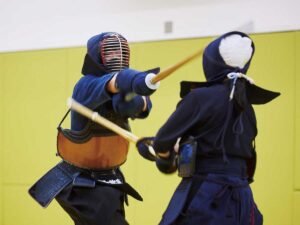
Training methods and mindset
In order to aim for “Ippon” in Kendo, daily practice routines and mental preparation before competitions are extremely important.
In this section, we will explain in detail effective training methods and pre-game mental training.
Daily practice routine aiming for “Ippon”
The following daily routine is recommended to improve your Kendo skills and train to earn your “Ippon”:
- Repetition of basic techniques : Thoroughly practice the basic techniques (men-uchi, kote-uchi, do-uchi, and tsuki) during daily practice so that they become naturally ingrained in your body.
- Practice Kata : Understand the flow and rhythm of Kendo movements through Kata, and master accurate strikes.
- Sparring (kumite) : Frequently engage in sparring in a form similar to actual combat, and develop practical skills by playing against different opponents.
- Improve your physical strength and reflexes : Improve your physical strength, including running and strength training, to increase your endurance and speed during competition.
By continuing these routines, you will be able to meet not only your technique, but also the physical and mental demands of the game.
Mental preparation and training before the match
Mental preparation before a match is an important factor in winning an ippon. The following mental training is effective:
- Visualization : Visualize each scene of the match in your mind and visualize yourself succeeding. This will help you react calmly and confidently in a real match.
- Relaxation techniques : Incorporate deep breathing and meditation to calm your mind and manage the pressure of the game.
- Strengthening positive thinking : Using autosuggestion to strengthen positive thinking and increase self-efficacy.
- Goal setting : Setting specific, achievable goals and clarifying strategies to achieve them.
Through this mental preparation and mental training, you will be mentally prepared to perform at your best on game day.
By combining training and mindset, you will be able to more reliably grasp the “Ippon” that will lead to success in Kendo.
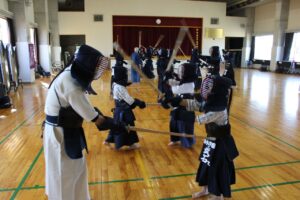
Summary and key advice for getting “Ippon”
Achieving “Ippon” in Kendo is not only a technical achievement, but also an important indicator of spiritual maturity.
In this section, we will summarize how to continuously improve your technique to get “Ippon”, as well as the value and influence of “Ippon” in the way of Kendo.
Continuous technical improvement and spiritual development
The journey towards becoming “Ippon” requires daily practice and constant effort. The following points are important in improving skills and cultivating spirituality:
- Importance of repeated practice : Continuous repetition of basic skills is essential for acquiring skills. Through this repeated practice, your body will naturally learn the techniques and you will be able to perform accurate movements unconsciously.
- How to maintain an overall balance : pursue not only technical improvement but also spiritual growth at the same time. Approaching practice while maintaining a balance between mind and body will lead to long-term growth.
- Regular self-assessment : Objectively evaluate your own skills and mindset, find areas for improvement, and work on them.
The value and influence of “Ippon” on the path of Kendo
“Ippon” in Kendo has a deeper meaning than just a score. It often has the following values and influences on the swordsman’s path:
- Mental growth : In the process of taking ippon, the swordsman learns self-control, concentration, and calmness. These mental elements contribute to character development not only in Kendo matches, but also in everyday life.
- Moral education : Kendo has a culture that begins and ends with courtesy, and taking ippon should be done in the right way and with the right mindset. This fosters moral values and respect.
- Social Impact : Kendo techniques and spirituality can influence others and become objects of respect and admiration. This can help form positive role models in the community.
In this way, taking “Ippon” is not only a technical aspect of Kendo, but also a means of promoting spiritual and moral growth.
The process of pursuing ippon through kendo is also a journey to improve oneself and aim for higher self-actualization.
